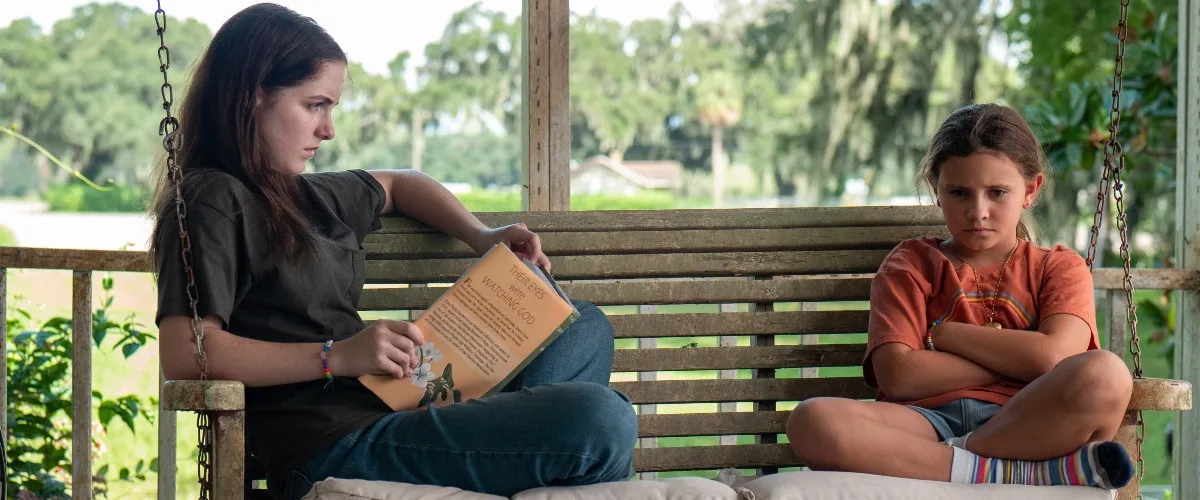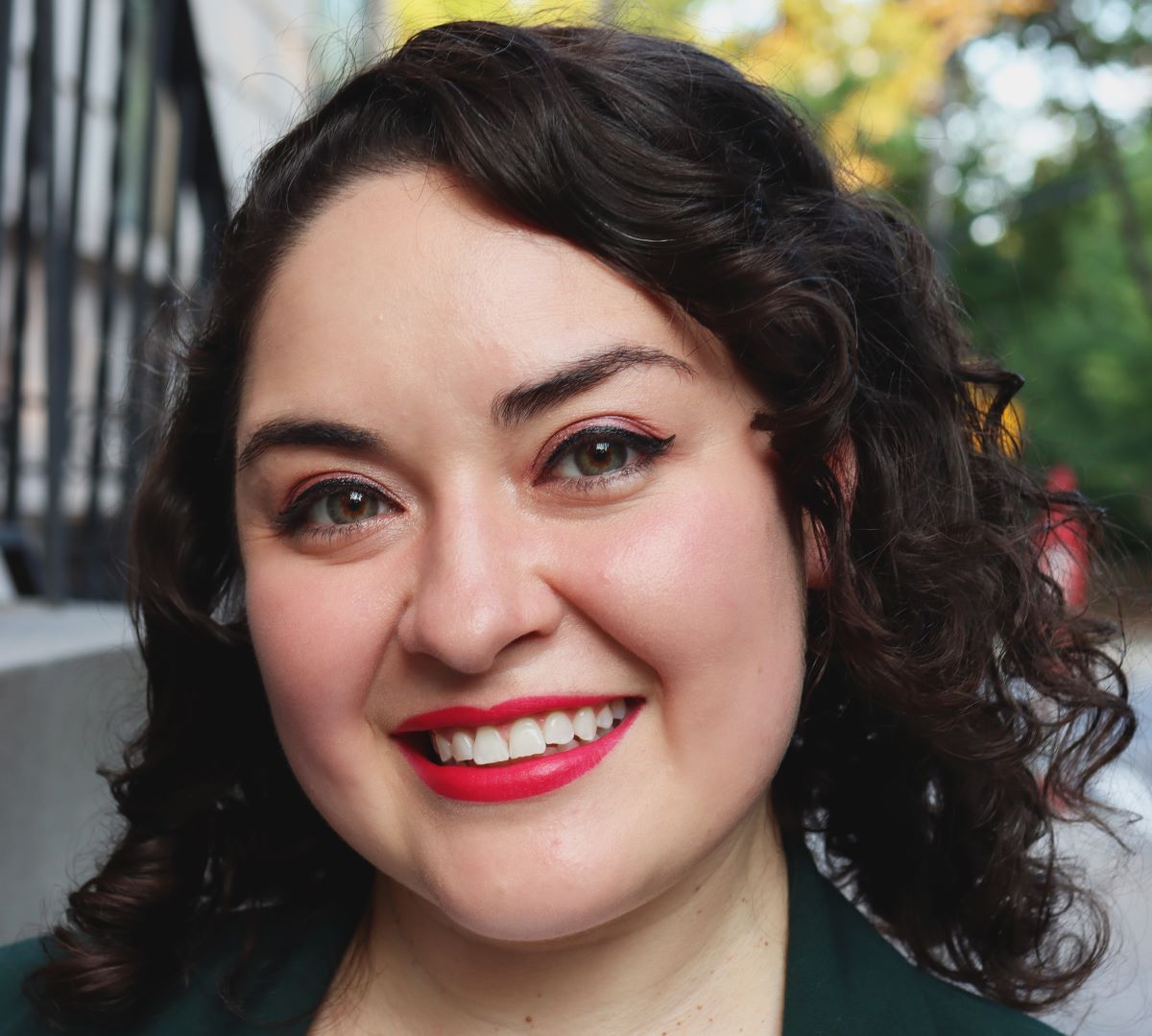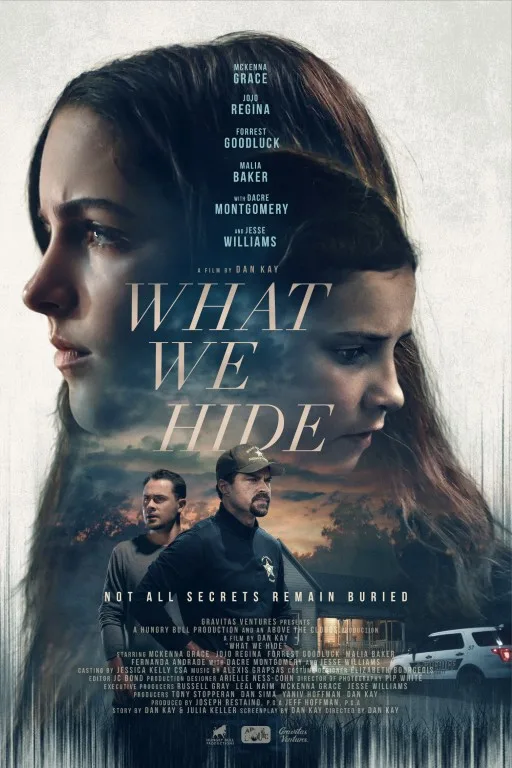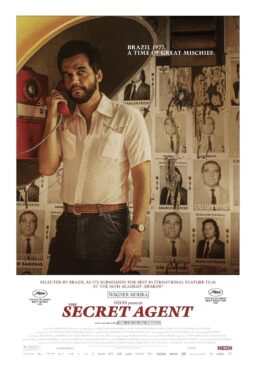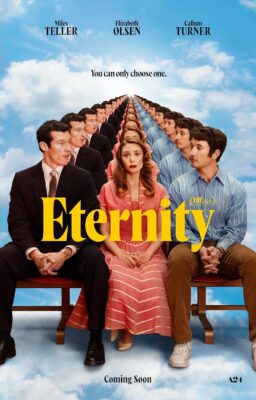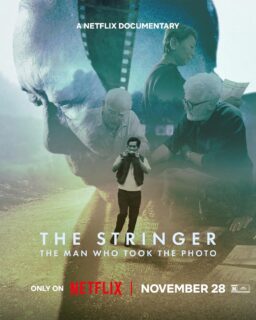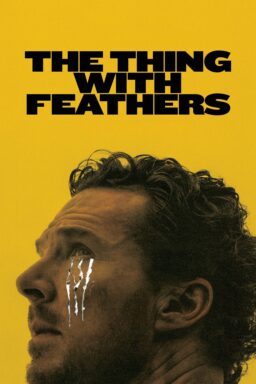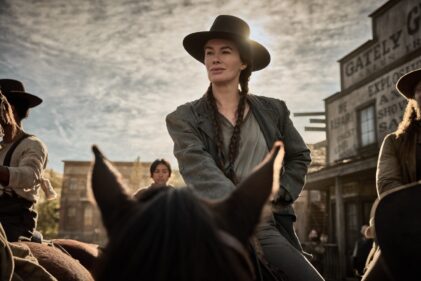Dan Kay’s coming-of-age drama “What We Hide” opens with a tragedy. A young mother dies, leaving her two daughters, Spider (McKenna Grace) and Jessie (Jojo Regina,) grappling with what to do next–alone. Do they mourn her? Bury her? Go back to school like nothing happened? With the rest of their family out of the picture, it occurs to their older sister, Spider, that the two would likely be split up in different foster homes. Her solution is to step up and run the household and hide the truth. Scrounge together means for food, look after her sister, coach her to say nothing at school, and keep friends at a distance so no one notices their mom is missing. This becomes quite the challenge as their mom’s dirtbag dealer (Dacre Montgomery) keeps circling the girls to threaten and push them to tell him where she’s gone.
Meanwhile, a local sheriff and longtime family friend (Jesse Williams) stays in the picture, balancing the evil the girls have to cope with on their end, but he becomes another source of anxiety for them. Will he be the one to separate them? Will their mother’s dealer put it together before their food supplies run low?
Written and directed by Kay, “What We Hide” is like a sappy riff on “Winter’s Bone,” Debra Granik’s fiery coming-of-age saga starring Jennifer Lawrence, with a healthy helping of “The Boxcar Children,” the classic kids’ lit series following orphans fending for themselves after the death of their parents. Except, in Spider and Jessie’s case, there’s no misunderstood grandparent waiting for them in the wings. Spider is forced to grimly take on the role of caretaker, hiding her true age with a fake ID and struggling to make ends meet while keeping up appearances at school. However, while “Winter’s Bone” was a searing, desperate search for a missing family member whose absence could have led to the family’s displacement, “What We Hide” simply does not carry that suspense or tension. Much of the film’s drama relies on the girls’ heated discussions with each other and depends on whether they can stick with their impossible plan.
Kay, who shares a story credit with journalist Julia Keller, was inspired by the real-life tragedy of siblings surviving the death of their mother. Still, unfortunately, he doesn’t really build on that concept beyond padding out the narrative to a feature-length. The tension of their predicament never quite feels viable, but more inevitable—there’s no way this movie isn’t going to end the way you might guess it will.
As a whole, “What We Hide” has the feeling of an old after-school special, a melodramatic lesson about a topical issue. However, simply bringing up the spectre of the opioid crisis isn’t enough. We’ve heard and read many, many heartbreaking tales from the frontlines by now, and “What We Hide” doesn’t feel particularly unique in this regard. It looks and feels fairly pedestrian, a made-for-TV movie to showcase the young actresses at its center.
Unfortunately, with not much to work with, both Grace and Regina must make do with clunky dialogue and uninspired scenes around the dinner table. Taking the lead, Grace initially gives a prototypical disaffected teen in baggy clothes performance but eventually lets her guard down around her sister and a new crush in town (Forrest Goodluck, who I’m glad to see back on screen after a memorable turn in “How to Blow Up a Pipeline”) who awakens a whole new side of her, allowing her character to grow beyond the tough girl act. Regina’s performance brings to mind Abigail Breslin’s breakout role in “Little Miss Sunshine”—innocent and earnest, fully committed to what she believes in, even if it seems at odds with reality. The movie’s two actresses lean on each other as much as their characters, keeping the film moving through the story’s highs and lows and navigating the threat of the outside world encroaching on their temporary peace.
While Grace and Regina are the saving graces of “What We Hide,” it’s still not enough to break out of its conventional story—the tropes of the bad boyfriend/drug dealer and the well-meaning sheriff with a heart of gold, not to mention cliched dramatic plot twists like a bad asthma attack that forces Spider to turn to help for her ailing sister. Kay’s visual approach, with cinematographer Pip White, lacks the kind of striking inspiration found in something like “Winter’s Bone,” so both the lackluster dialogue and the film’s style dampen the project’s initial intent. It’s overlit, unimpressively staged, and visually does little to immerse the viewer into Spider’s world beyond tear-stained close-ups.
I’m disappointed there’s little more to the opioid crisis in “What We Hide” beyond the film’s attempt to tug on heartstrings, spinning it instead into a maudlin feel-good movie about family and resilience. If only it were more convincing.

